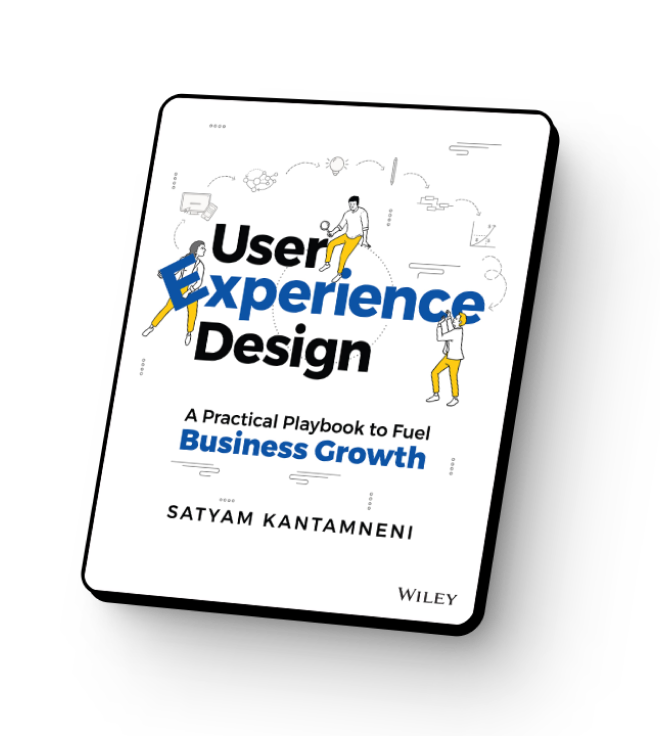How to avoid rookie design mistakes
This article is part of the Founder’s Guide to UX Research, where we break down methods that will help you and your product team understand your users, improve your product eXperience, and exceed your business goals. See our previous article on Usability Testing for more.
How often do you take a holistic look at your product eXperience? While a usability test can give you an in-depth look from your user’s point of view, how can you look at your product from a more objective and specialized point of view instead?
Show it to a specialist, duh!
Today’s topic: the eXperience audit.
What is an eXperience audit?
An eXperience audit, aka “Expert Design Review,” is a quick way to make sure your product does not contain any basic usability errors and to identify potential areas of improvement. In an eXperience audit, your product is evaluated against a set of industry best practices by a design expert and scored based on its impact on your users’ eXperience.
You can tailor an eXperience audit to your business goals — focus specifically on adoption, retention, or satisfaction.
What outcomes are you looking for?
Any type of organization will benefit from performing and eXperience audit on their product, especially those without a dedicated UX function. eXperience audits are best for:
- Assessing the product’s fit in the user journey
- Discovering usability issues that are affecting user needs
- Identifying UI and pattern inconsistencies
The findings from an eXperience audit are useful for anyone from the CEO to a Product Manager who needs a fast and actionable evaluation of their product without having to recruit users. An audit can provide value for any product from the pre-launch phase through mature products.
eXperience audits are most fruitful when bringing in an expert who has extensive experience in usability testing but has not been involved in the design process.
Benefits and Constraints
An eXperience audit is carried out by a dedicated UX function, so the time to gather insights is greatly reduced. With that in mind, the scope and resources you allocate to the audit can affect the cost.
Benefits:
- Quick returns — an audit has a fast turnaround time because no participant coordination and setup is needed. The more time you can devote to an audit, the more you will understand about your user needs and how your eXperience addresses them.
- Actionable insights — the audit is based on an assessment of the user/business needs, usability best practices, and design industry standards, so the results will include fixes and metrics you can immediately put back into your product.
- Multiple levels of insight — an audit will uncover issues on various levels of the value chain: conceptual, UX, and UI levels.
Constraints:
- Risk of scope creep — the organization can determine how many experiences they audit, and it is not constrained by user recruitment. The audit must have clear goals and resources allocated, otherwise stakeholders may want to incrementally increase its scope.
- Limits user insights — since the audit is done by the UX expert, this method doesn’t bring in user feedback, only usability risks and recommendations. It’s important to find an unbiased party to conduct the audit, one that has extensive usability experience but almost no prior knowledge of the design they are seeing.
The result of an eXperience Audit is a quantified, actionable scorecard which highlights the issues in a design, prioritized by severity and value-chain level. We’ll go over this scoring mechanism in a later article, so stay tuned!


